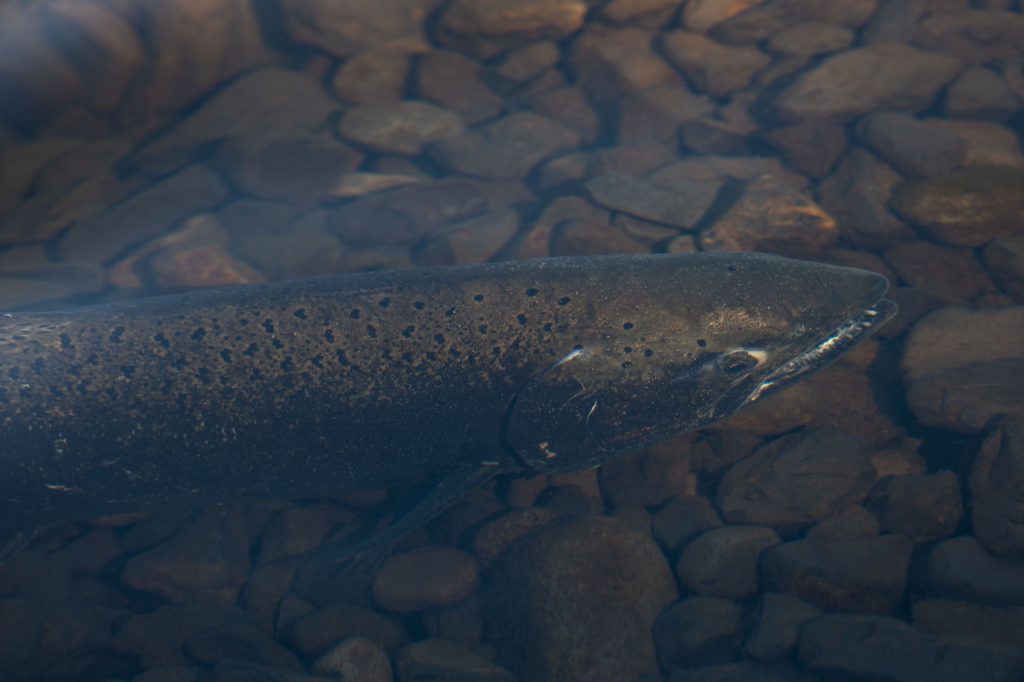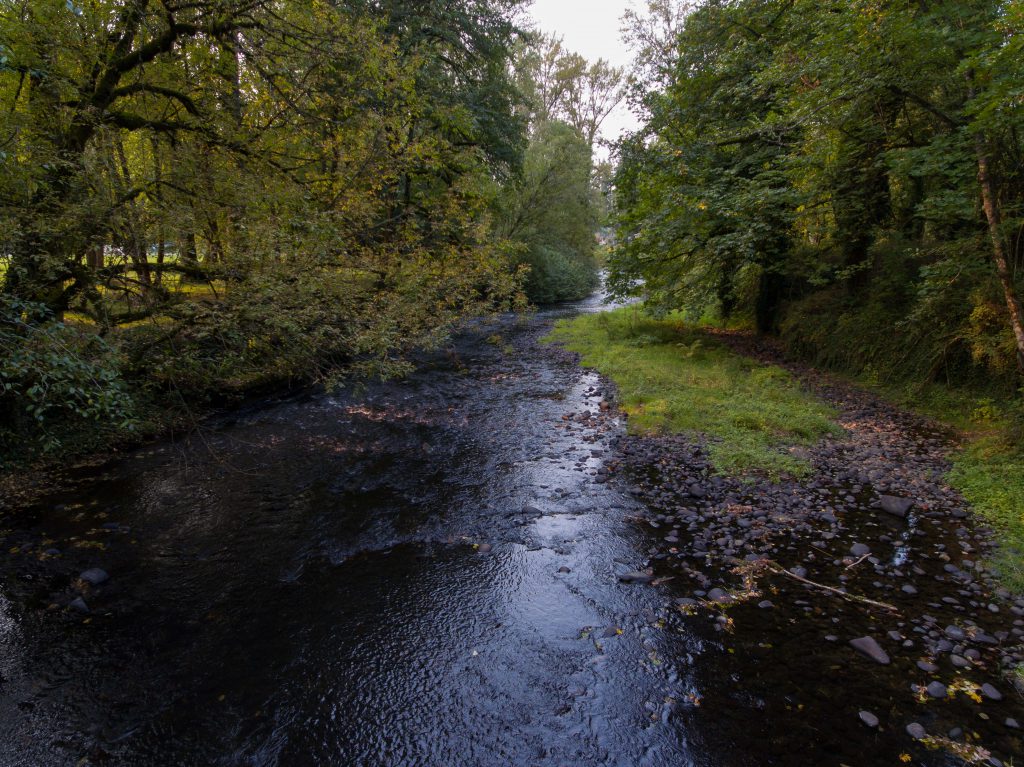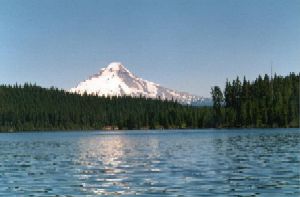CRBC honors our final class of “Shade Our Streams” landowners, successfully finishing PGE-funded project
As anyone who jumps in quickly discovers – the Clackamas is a cold river. It’s so cold it may force us to jump right back out.
When we change our activity based on our temperature we are performing “behavioral thermoregulation.” As warm-blooded mammals, we must jump out of the cold river to be comfortable again.
Our salmon in the Pacific Northwest, on the other hand, prefer the cold waters. For salmon, the temperature of their water is the most influential factor to determine their behavior. Seasonal changes in water temperature act as signals telling salmon itís time to migrate, for instance. Temperature even controls some bodily functions and physiological development, so salmon really need water temperatures to be within certain ranges to grow and reproduce properly.
Unfortunately, the Clackamas River is heating up. Dams and irrigation systems create large pools of water that absorb solar radiation. Riparian forests have been cut down, exposing more tributaries and side-channels to greater amounts of sunlight. The climate continues to change, bringing hotter, drier summers and reduced snowpacks to accelerate the watershed’s warming.
When the water gets too warm, salmon suffer. Warmer water encourages bacteria and diseases that harm salmon. Introduced predators like smallmouth bass benefit from warmer waters, making it harder for juvenile salmon. One study found that Sacramento pikeminnow engage steelhead 50 times more frequently in warmer waters. Salmon avoid waters altogether when the temperature is above a certain threshold (for steelhead it’s 73 degrees F), meaning entire tributaries could become uninhabitable to our native trout and salmonids if the Clackamas watershed continues to warm.

To combat these increasing temperatures, the Clackamas River Basin Council called upon neighbors throughout our watershed to Shade Our Streams. With funding from Portland General Electric, CRBC teamed up with landowners whose stream sides were undershaded and suffering with invasive weeds.
The people of the Clackamas responded with enthusiasm. Since 2011, over 160 landowners stepped up to Shade Our Streams. We worked with local contractors to eradicate invasive species and plant native trees, and as of this year we have completed 2 years of monitoring at each site, ensuring these new riparian forests have established themselves and will continue to thrive.
Together we’ve planted over 30 miles of riparian forests. That means we’ve laid waste to 220 acres of weeds and planted 480,000 native trees and shrubs to reduce the solar radiation our streams absorb, slowing the rate the watershed heats up.
As our trees continue to mature, they’ll block even more heat. When these trees fall, they’ll create beneficial habitat features for our fish, providing cover for young fish to hide from predators and forming riffles in the streams that oxygenate the water.
We often think of land, water and sky as separate environments, with land for us, water for fish and the sky for the birds. Trees remind us that all the elements are united; they extend from the land into the sky, they collect, store and transmit water – and, lately, trees have been all too forcefully our reminders of the fourth element, fire.
If humans are to consider ourselves “Masters of the Elements,” perhaps the best thing we can do is to plant trees.
We thank and honor the people of the Clackamas who have stepped up to Shade Our Streams. Our success is growing.



